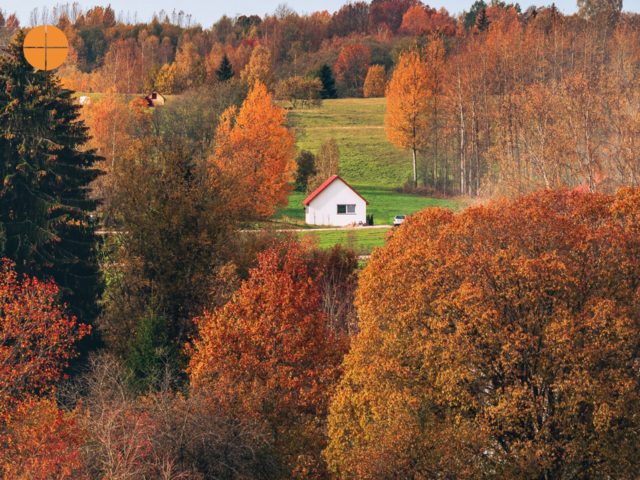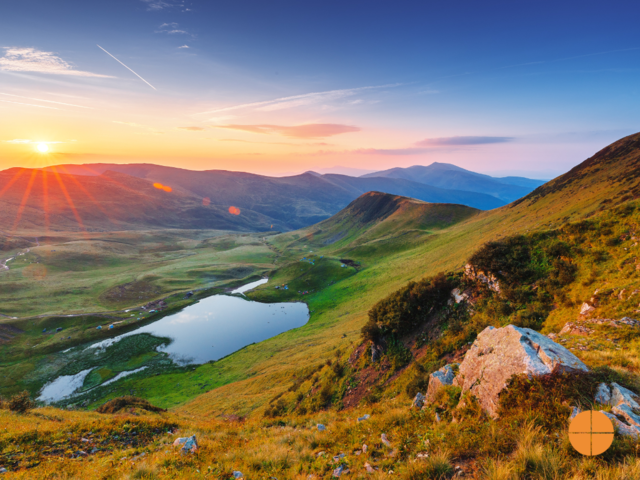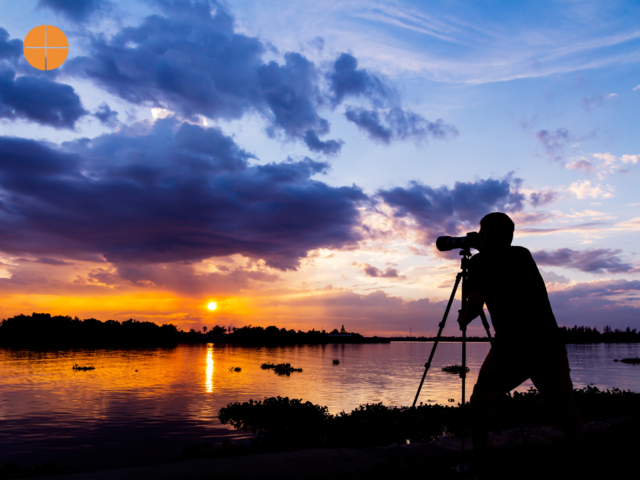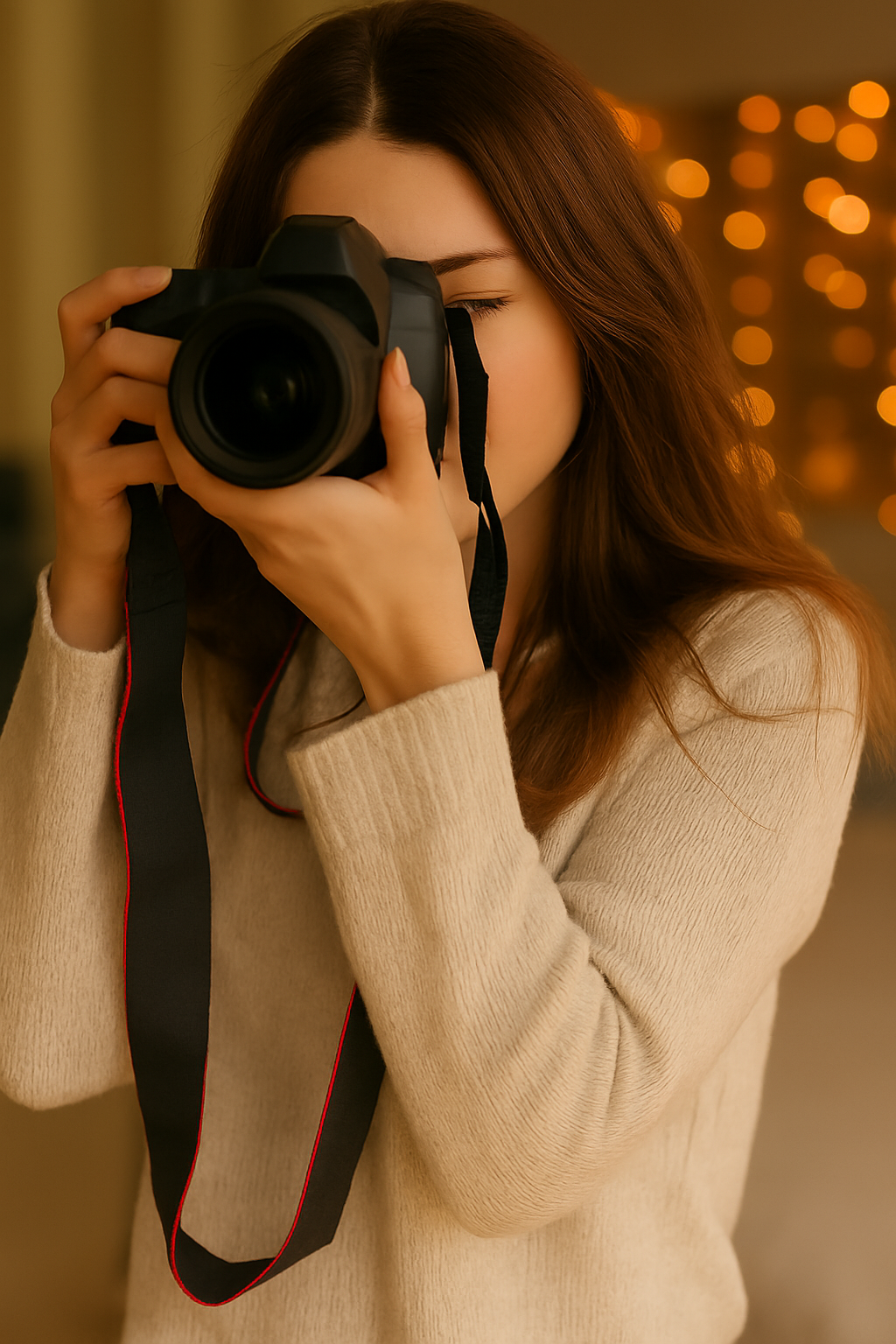How many times has a scene or a view taken your breath away, but when you pick up your camera, the photo does the vista no justice? Landscape photography is a skill that can be learned and it is an artform that can truly capture the beauty of nature and the fascinating world around us. Whether you are an experienced photographer or not, when those magical moments are captured on camera, something special happens. In this article, we will look at vital tips for capturing great landscape photography and creating photographs that will last a lifetime.

Understanding Your Equipment
Landscape photography can be a fleeting moment, it can be a whisper on a breeze and a twinkle in the sky but without knowing how to capture the scene in your camera, it could end up as a blur or an overexposed washout. Before attempting landscape photography, a photographer must know their camera. Choose appropriate lenses including long and/or wide angle lenses. A tripod is a good investment as it means you can keep your camera steady as you capture beautiful night scenes with a slow shutter speed. Aperture, shutter speed and ISO are a landscape photographer's best friend and are the primary source of control over an unpredictable setting.
Taking Advantage of the Golden Hours
When starting out, it is wise to test your skills during tried and tested periods of beauty. The golden hour, which can be just as the sun rises or sets, offers stunning sky scapes and incredible colour. These low lit periods also involve softer, less glaring light and can be the making of an incredibly atmospheric image. Plan your shoot in advance, choose a strong viewpoint, make sure you have all the equipment you need, and lots of patience.
Creating Enthralling Scenes
It should never be presumed that composition is the reserve of studio photography. Composition is just as important in landscape photography as anywhere else. Choose an interesting viewpoint and try to adopt the rule of thirds as well as playing with the horizon line. Leading lines and framing will also help guide the viewer's eye to the most interesting part of the image as well as creating a sense of atmosphere and perspective.
Using Weather Power
Weather should not be treated as an obstacle or an enemy, it can in fact be the very element that makes a landscape photograph sing. Think of stormy melancholic skies with black clouds rolling over the sea, or perhaps mist, rain or snow. All of these challenges add great drama to a scene and can suggest there is a greater story happening in the image.

Long Exposure Techniques
Once you have got to grips with your camera’s capabilities, it’s time to play with long exposures. Experiment with different exposure durations and see how it responds. If you want to capture a waterfall or a glistening night sky, then long exposure is key. While this has its practical advantages, it is also a fun tool to use to create ethereal dream-like scenes with a soft surreal ambience.
Incorporating Natural Elements
While scenes of nature can be wild or calm and green or rugged, it helps to try to incorporate other inhabitants of the space. If you are shooting a giant redwood tree for example, including a human or animal in the photograph gives the image perspective allowing the viewer to appreciate the enormity of the trunk, plus it adds another interesting feature for the eye to enjoy. If you wish to explore the relationship between man and nature, take your camera to scenes of both harmony and disharmony for example.
Post-Processing Methods
Post production has never been easier and more accessible and although Photoshop and other software are truly brilliant methods of enhancing images, they can also sabotage the very thing that makes landscape photography so fascinating. Avoid over editing and creating an unnatural version of your otherwise natural image. Always shoot in RAW format so you can preserve as much information and flexibility as possible when editing. RAW images can be easily adjusted to enhance what is already there, but a landscape photographer needs to know when to stop.
Persistence and patience
Fail, fail again and fail better. It is only through trial and error will you perfect this craft but, this also involves patience. The perfect moment may not come and perhaps you will need to return to the same spot more than once. Or perhaps you found the moment but there was a technical error just as you took the shot. Accepting failure as part of the learning process will teach you crucial lessons that will help you progress as a photographer.
Finding Your Own Perspective
If a scene is interesting or beautiful, it is possible that many photographers before you and many more after you, will capture a photograph of the same vista. So, what is going to make your photograph stand out? Trial a few different perspectives, different light, different equipment or build a narrative in your mind. Every great photographer has a distinctive style that is easily recognisable. Find your signature style and nurture it.

Capturing unique landscape photographs can be an enchanting experience but without the right approach, there’s an enormous risk of falling flat. Understanding your gear, appreciating the right light and time, perfecting composition, and braving interesting weather are all methods of helping you to elevate your landscape photography.
Remember to be patient, to learn from your mistakes and enjoy those wins. You have the opportunity to share the beauty that caught your eye and potentially inject a little joy and a touch of magic to a viewer's imagination. So go outside and explore, let your lens be your guide and capture those special moments forever.
Are you ready to take your landscape photography to the next level? If you want to learn more about photographing beautiful landscapes, why not enrol in one of our photography classes? At the British Academy of Photography, we provide comprehensive courses to help aspiring photographers like you grasp the methods and principles of photography. Our Academy is dedicated to nurturing creativity and helping students develop their own distinct photographic vision. We believe that everyone can learn to capture the beauty of the world in their own unique way, and our courses are here to show you how.

